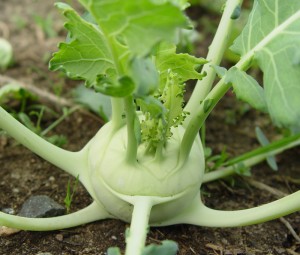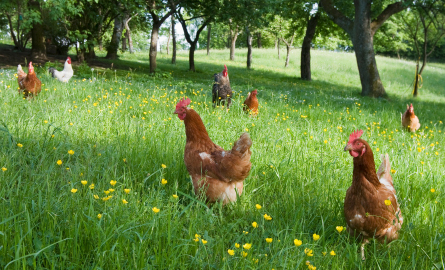Now that summer is in full swing, one of my favorite things to do on a sunny West Michigan afternoon is stroll through my local farmers market.
Because my health and my community are both so important to me, eating locally as much as possible is a priority in my house. In fact, that’s one of the things that attracted me to Doorganics in the first place- all organic food, produced locally as much as possible, delivered to my door? Sign me up.
But then I wondered, what about all those beautiful displays I’m used to seeing at the farmer’s market? Why is the selection different, and how can I ensure that I am getting the best, most nutritious produce possible for my dollar?
Whether shopping from a vendor like Doorganics, a local farmer’s market, or an organic grocery store, make sure to ask these questions and you can be sure you are getting the best!
1. Is it organic?
Organic food is that which has been government approved as being produced by methods of organic farming- meaning no synthetic additives or chemical fertilizers. This also means it is more than likely that these foods don’t undergo as much processesing (no yucky stuff like chemical ripening, food irradiation, and genetically modified ingredients= healthier food).
2. Is it chemical-free?
Yes, there is a difference. While all certified organic produce must be free from synthetic chemical additives, some may still contain potentially harmful pesticides. Alternatively, many small farms which have not been officially certified as “organic” still grow their produce by those standards. Asking the farmer about his or her process is the only way to know for sure what you are going to be eating.
3. Where was this grown?
Eating locally is important, but often not realistic year-round in all areas. If you still want a variety of fruits and veggies on your plate, chances are you will need to accept a little out-of-state help from time to time- and there is nothing wrong with that. However, it is a good idea to know exactly where your food is coming from… That way you can make educated choices and buy locally whenever possible.
4. When was this planted?
Understanding the cycle of the produce that you are purchasing helps to complete your overall picture of the food’s story. Whether that is local or not, knowing how long ago those veggies hit the ground will give insight into the best choices.
5. When was this harvested?
Similarly, it is important to know exactly the amount of time that has elapsed between farm and table to ensure the freshness of your produce, as well as the nutritional value. For example, some major distributors of tomatoes will pick the fruit while it is still green and artificially ripen it to make shipment easier. In this instance, the nutrient compounds haven’t had a chance to reached maturity- so the fruit may LOOK red, juicy, and delicious, but it’s not going to be nearly as good (or good for you) as a local, organic alternative.








Leave a Reply
Want to join the discussion?Feel free to contribute!